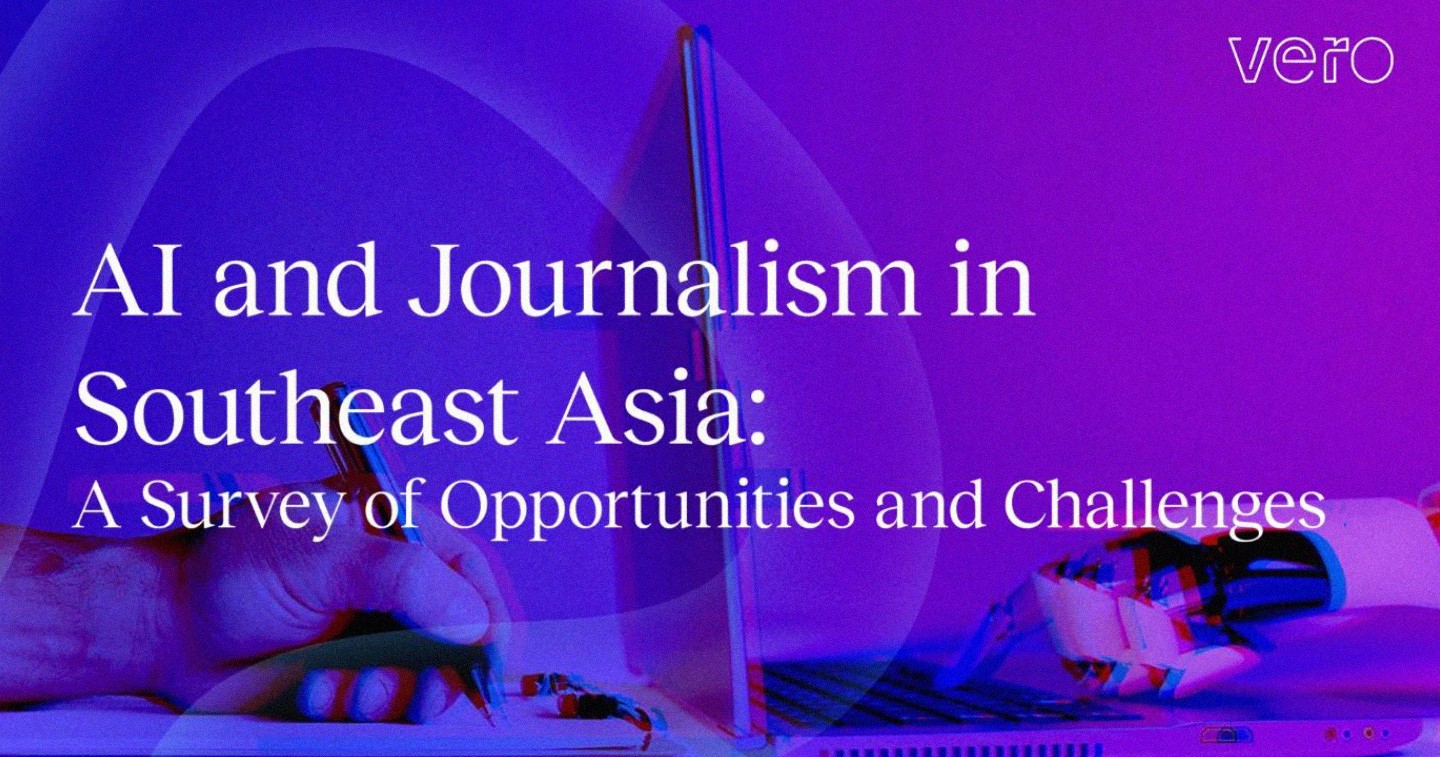MANILA, PHILIPPINES — Artificial intelligence holds the potential to reshape journalism in Southeast Asia. A new Vero survey reveals that journalists recognize the growing importance of AI in their work and believe deepening their understanding of this technology is crucial.
The study, “AI and Journalism in Southeast Asia: A Survey of Opportunities and Challenges,” provides a detailed analysis based on a survey of 75 journalists in Indonesia, the Philippines, Thailand, and Vietnam.
AI is setting a new precedent for how news is gathered, stories are told, and information is consumed. “AI’s influence on journalism extends beyond just automation; it’s about enhancing the accuracy, speed, and depth of reporting,” said Raphael Lachkar, COO of Vero. “As pioneers at the intersection of communications and technology, we are committed to leading this transformative journey, helping our clients and partners not only adapt but excel in this AI-driven era.”
Embracing AI across borders:
In Indonesia and Thailand, 95% of journalists have a significant understanding of AI, with Thailand also showing a 95% adaptation rate, reflecting effective integration into their work.
In the Philippines, 90% are familiar with AI, but only 52% have integrated it into their work.
Though 78% are familiar with AI in Vietnam, 100% expressed positive attitudes toward adapting to AI’s impact on their work.
Journalists expressed valid concerns about AI, including its governance, impact on labor, and cybersecurity issues, particularly in Thailand, where there’s an apprehension about overreliance on AI potentially compromising the quality and trust in journalism. “In Vietnam, the enthusiasm for AI is tempered with a keen focus on strong data privacy and security measures,” Raphael added.
The need for tailored AI education is clear. Journalists across the region are eager to fully grasp AI’s capabilities to maintain competitiveness in a rapidly evolving digital media landscape. Vero recommends the following steps to foster a positive AI integration:
- Educate: Develop and provide tailored training programs to facilitate seamless AI integration into journalism.
- Acknowledge: Address concerns of seasoned journalists about AI’s impact on job security, copyright, and the integrity of journalism.
- Be Transparent: Clearly communicate the functionalities and limitations of AI tools to build trust and manage expectations.
- Be Responsible: Maintain a robust support system to address any challenges presented by AI tools, ensuring accountability and ethical usage.
“We envision this white paper as a catalyst for ongoing research and proactive engagement on AI’s role in enhancing journalism, ensuring it serves the public good while respecting the fundamental principles of the field,” said Chatrine Siswoyo, Vero Senior Advisor for ASEAN.
The white paper on “AI and Journalism in Southeast Asia” is available for free on the Vero website, and is offered as a resource for communications and media professionals navigating the AI landscape.








